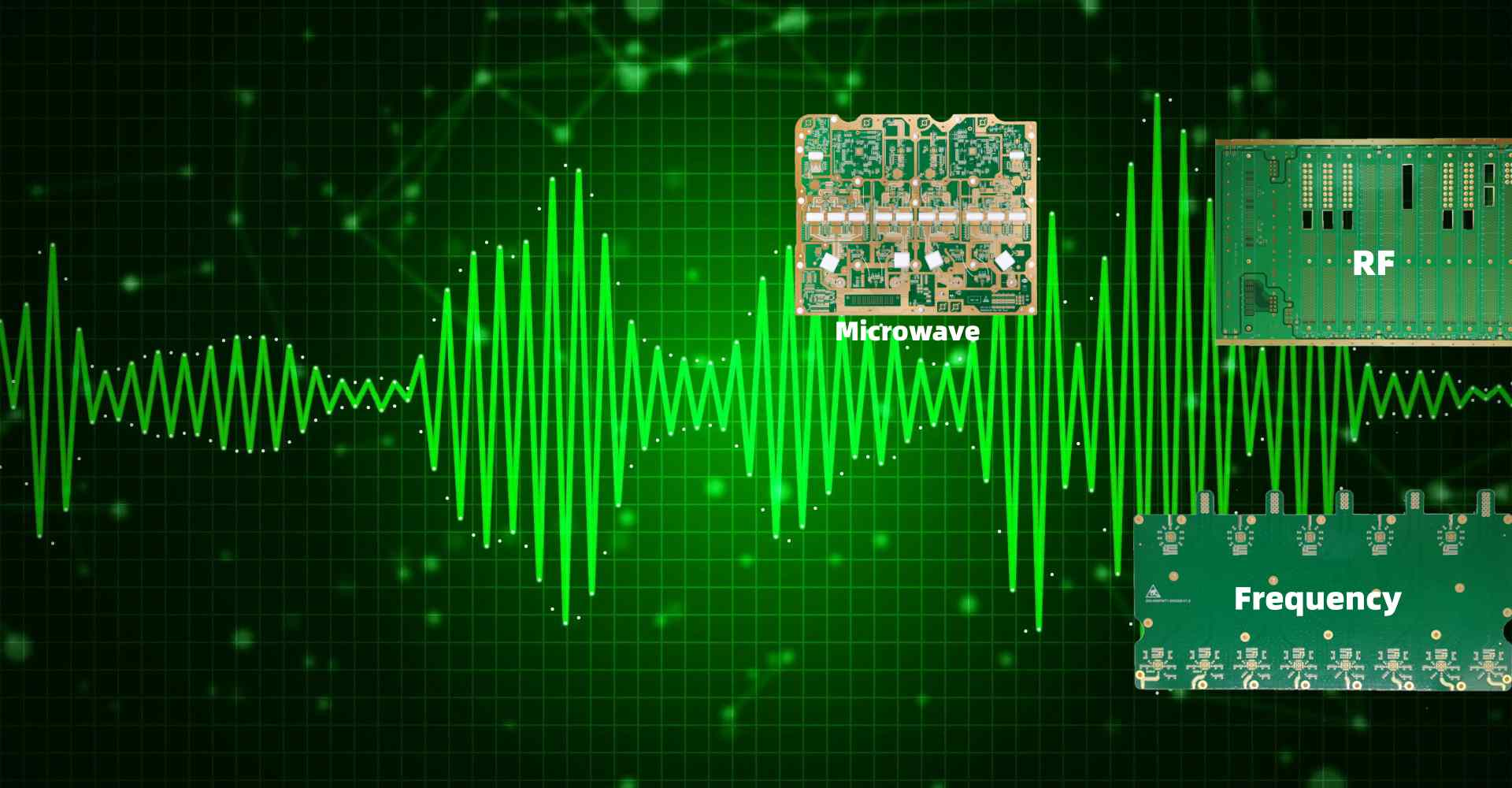Understanding Poron XRD
Poron XRD is a proprietary cellular urethane material developed by Rogers Corporation for impact absorption and vibration damping. It is widely used in athletic shoes and protective equipment to help reduce impact injuries.
Some key features of Poron XRD:
- Open cell structure – absorbs shock and evenly distributes impact forces
- High shock attenuation – reduces peak acceleration from impacts
- Fast recovery – returns to original thickness quickly after compression
- Lightweight and thin – can be implemented without adding bulk
Poron XRD has been shown in studies to reduce impact forces and improve force attenuation compared to traditional materials like EVA foam.
How Poron XRD Protects Against Injuries

When players experience repetitive impacts in sports like running or hockey, it can lead to overuse injuries over time. Poron XRD helps protect in two key ways:
Impact Force Reduction
Poron XRD absorbs shock and reduces the peak force experienced by the body on impact. This lowers the risk of injuries like stress fractures, bruises, and joint pain.
Improved Stability
The open cell structure and high compression resistance of Poron XRD enhances stability and support. This helps reduce injuries from excessive foot pronation or joint movements.
| Body Part | Potential Injuries Prevented |
|---|---|
| Feet | Stress fractures, bruised heels, plantar fasciitis |
| Knees | Patellofemoral pain, ACL/MCL sprains |
| Hips | Hip pointer, pelvic bruising |
| Head | Concussions, subdural hematomas |
Evidence For Poron XRD Injury Reduction
Multiple studies have shown Poron XRD can reduce impact injuries across sports:
- A study of college soccer players found that those wearing cleats with a Poron XRD insert had a lower incidence rate of metatarsal stress fractures vs control cleats.
- Hockey helmets lined with Poron XRD liners were shown to lower head impact accelerations by up to 30% compared to traditional vinyl nitrile liners.
- Laboratory tests of Poron XRD insoles demonstrated a 20-40% reduction in peak heel impact forces during running vs conventional athletic shoe midsoles.
While more research is still needed, the existing evidence supports the use of Poron XRD in protective equipment to lower injury risk. Proper fit and replacement of worn materials is still important for optimal protection.
Frequently Asked Questions
What sports most benefit from Poron XRD?
Sports with repetitive impacts like running, hockey, basketball, and soccer see the most benefit from Poron XRD. It helps attenuate the cumulative forces that lead to overuse injuries over time.
Is Poron XRD effective for preventing concussions?
While it can lower impact forces, Poron XRD should not be relied on solely to prevent concussions. Proper helmet fit and rules limiting head contact are also important for reducing concussion risk.
How long does Poron XRD last before losing effectiveness?
Poron XRD is designed to retain its shock absorbing properties for 1-2 years with normal use. However, it should be inspected regularly and replaced if you notice it becoming compressed or flattened permanently.
Can Poron XRD be used in all parts of athletic shoes and gear?
Yes, Poron XRD can be integrated into midsoles, insoles, liners, padding, and more. Different densities and thicknesses are used to tune its performance for different applications.
Does Poron XRD add a lot of thickness or weight?
Poron XRD can be made in very thin sheets (1-3mm) that add negligible weight. New formulations also allow lighter densities suited for footwear applications.

Leave a Reply